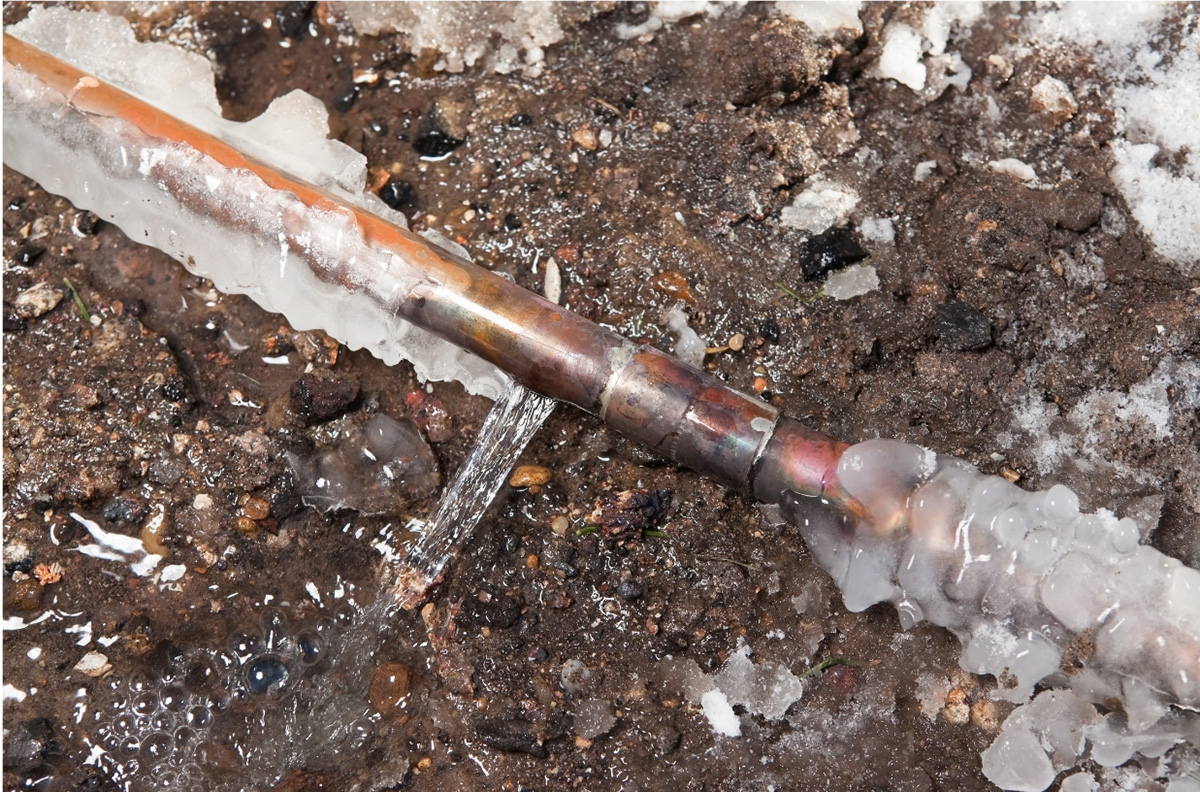Protecting Your Pipes from Cold Weather Issues: Essential Tips
Protecting Your Pipes from Cold Weather Issues: Essential Tips
Blog Article
Just how do you really feel in relation to Prevent Frozen Pipes ?

Cold weather can ruin your pipes, specifically by freezing pipelines. Here's how to avoid it from happening and what to do if it does.
Intro
As temperature levels decrease, the risk of icy pipelines boosts, potentially leading to pricey fixings and water damage. Understanding just how to avoid frozen pipelines is critical for home owners in cold climates.
Avoidance Tips
Insulating at risk pipes
Wrap pipes in insulation sleeves or use warmth tape to protect them from freezing temperature levels. Concentrate on pipelines in unheated or outside areas of the home.
Home heating methods
Maintain interior areas effectively heated up, specifically areas with pipes. Open cupboard doors to allow cozy air to circulate around pipes under sinks.
Just how to determine icy pipelines
Look for lowered water circulation from taps, uncommon odors or noises from pipes, and noticeable frost on revealed pipelines.
Long-Term Solutions
Architectural modifications
Think about rerouting pipes away from outside walls or unheated areas. Include additional insulation to attics, basements, and crawl spaces.
Updating insulation
Purchase premium insulation for pipes, attic rooms, and walls. Correct insulation assists maintain regular temperatures and lowers the risk of icy pipelines.
Protecting Outside Pipes
Yard hoses and outside taps
Detach and drain pipes yard hoses prior to winter season. Mount frost-proof faucets or cover exterior faucets with insulated caps.
Comprehending Frozen Pipes
What triggers pipelines to ice up?
Pipelines ice up when revealed to temperature levels listed below 32 ° F (0 ° C) for expanded periods. As water inside the pipes freezes, it broadens, taxing the pipeline wall surfaces and possibly triggering them to rupture.
Dangers and damages
Frozen pipelines can result in water supply disturbances, property damage, and pricey repairs. Burst pipes can flood homes and cause comprehensive structural damage.
Indications of Frozen Pipeline
Determining frozen pipes early can prevent them from bursting.
What to Do If Your Pipes Freeze
Immediate activities to take
If you believe icy pipes, keep taps open up to eliminate pressure as the ice melts. Make use of a hairdryer or towels taken in hot water to thaw pipelines gradually.
Conclusion
Preventing icy pipes calls for positive measures and fast reactions. By recognizing the causes, indicators, and preventive measures, homeowners can secure their plumbing during cold weather.
5 Ways to Prevent Frozen Pipes
Drain Outdoor Faucets and Disconnect Hoses
First, close the shut-off valve that controls the flow of water in the pipe to your outdoor faucet. Then, head outside to disconnect and drain your hose and open the outdoor faucet to allow the water to completely drain out of the line. Turn off the faucet when done. Finally, head back to the shut-off valve and drain the remaining water inside the pipe into a bucket or container. Additionally, if you have a home irrigation system, you should consider hiring an expert to clear the system of water each year.
Insulate Pipes
One of the best and most cost-effective methods for preventing frozen water pipes is to wrap your pipes with insulation. This is especially important for areas in your home that aren’t exposed to heat, such as an attic. We suggest using foam sleeves, which can typically be found at your local hardware store.
Keep Heat Running at 65
Your pipes are located inside your walls, and the temperature there is much colder than the rest of the house. To prevent your pipes from freezing, The Insurance Information Institute suggests that you keep your home heated to at least 65 degrees, even when traveling. You may want to invest in smart devices that can keep an eye on the temperature in your home while you’re away.
Leave Water Dripping
Moving water — even a small trickle — can prevent ice from forming inside your pipes. When freezing temps are imminent, start a drip of water from all faucets that serve exposed pipes. Leaving a few faucets running will also help relieve pressure inside the pipes and help prevent a rupture if the water inside freezes.
Open Cupboard Doors
Warm your kitchen and bathroom pipes by opening cupboards and vanities. You should also leave your interior doors ajar to help warm air circulate evenly throughout your home.

I stumbled upon that post about How to prepare your home plumbing for winter weather when doing a lookup on the search engines. Loved our piece of writing? Please quickly share it. Let another person discover it. I thank you for reading our article about Preventing and dealing with frozen pipes.
Click Here Report this page